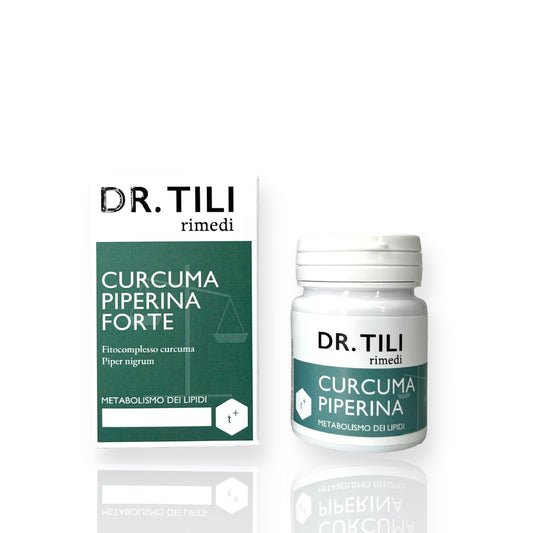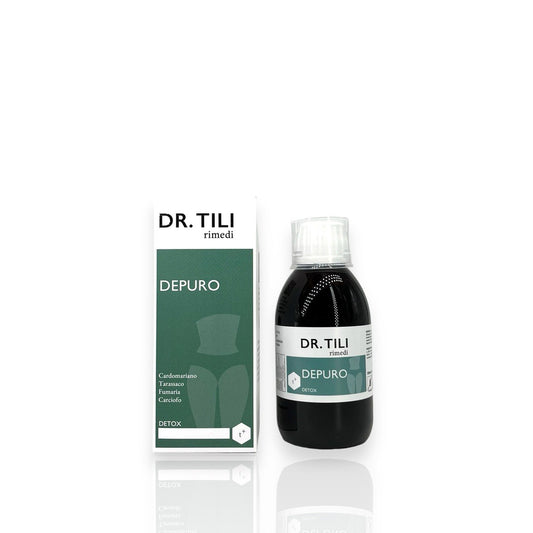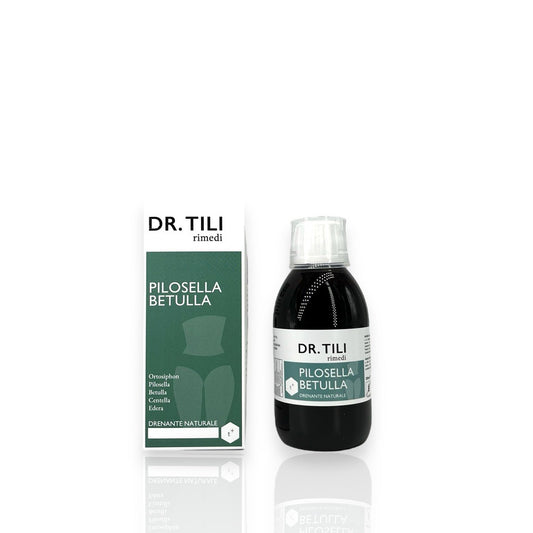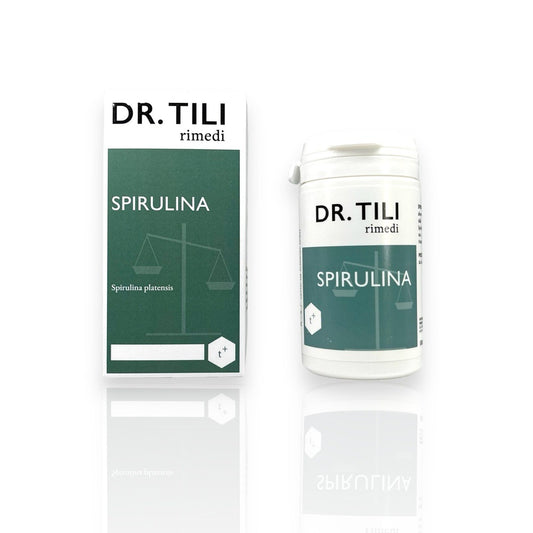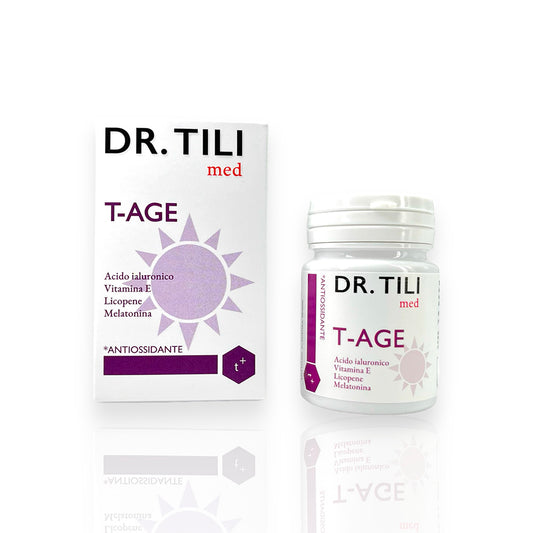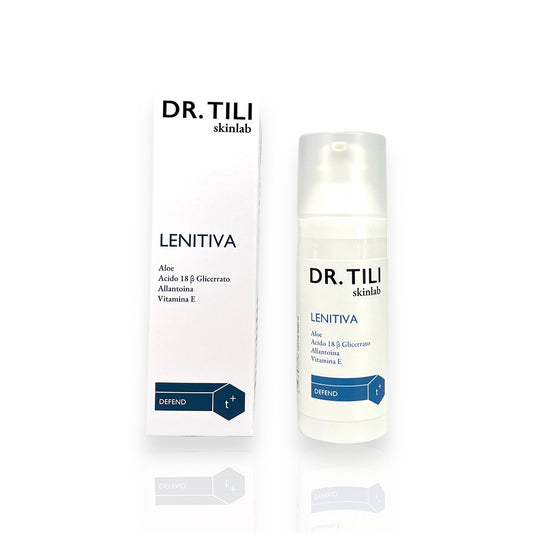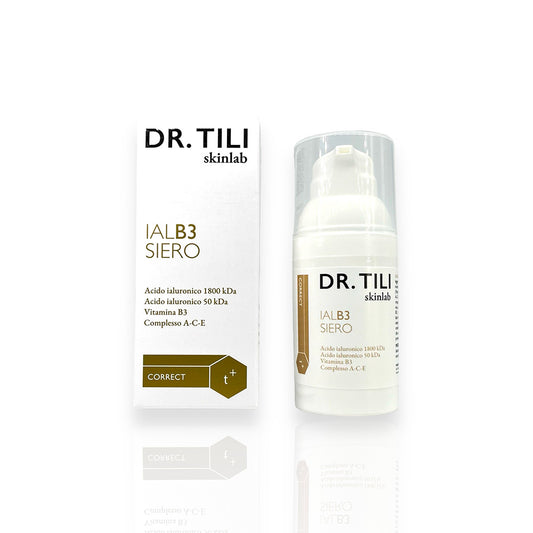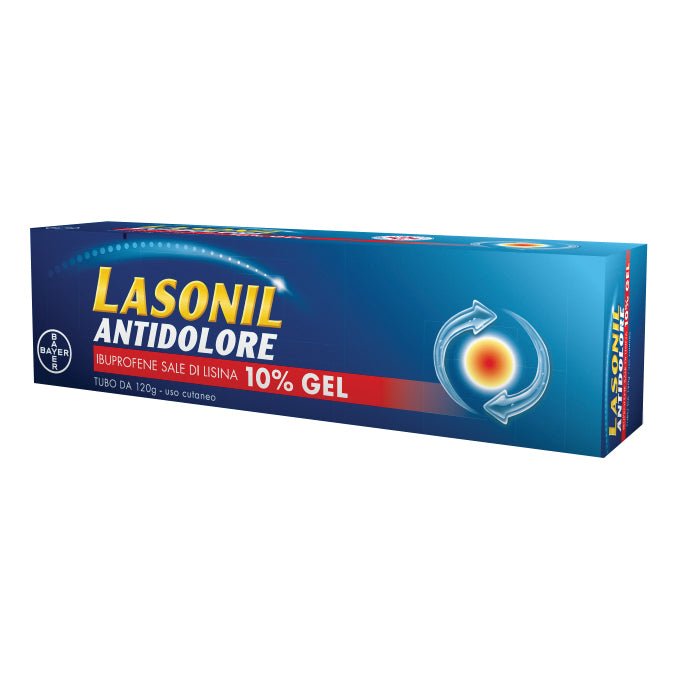BAYER SpA
Lasonil painkiller 10% gel 120gr
Lasonil painkiller 10% gel 120gr

Pickup available at Farmacia Tili
Usually ready in 24 hours
PRODUCT NET WEIGHT
PRODUCT NET WEIGHT
EAN
EAN
042154029
MINSAN
MINSAN
042154029
Lasonil antidolore 10% gel 120g is a topical treatment formulated to relieve pain associated with bruises, sprains, myalgia, muscle strains and stiff neck. This gel contains Ibuprofen lysine salt , an active ingredient known for its anti-inflammatory and analgesic properties. Its local application allows for a targeted action, reducing inflammation and pain directly in the affected area. Lasonil antidolore is ideal for those looking for quick and effective relief from muscle and joint pain. The gel formulation allows for rapid absorption and easy application, making it a practical option for the treatment of pain. With a 10% ibuprofen content, this product is designed to offer powerful and long-lasting relief.
ACTIVE INGREDIENTS
Active ingredients contained in Lasonil antidolore 10% gel 120g - What is the active ingredient of Lasonil antidolore 10% gel 120g?
100 g of gel contain: Active ingredient : Ibuprofen lysine salt 10 g Excipients : Sodium methyl parahydroxybenzoate, sodium ethyl parahydroxybenzoate. For the full list of excipients, see section 6.1.
EXCIPIENTS
Composition of Lasonil antidolore 10% gel 120g - What does Lasonil antidolore 10% gel 120g contain?
Isopropanol, hydroxyethylcellulose, sodium methyl parahydroxybenzoate, sodium ethyl parahydroxybenzoate, glycerol, lavender essence, purified water.
DIRECTIONS
Therapeutic indications Lasonil antidolore 10% gel 120gr - Why is Lasonil antidolore 10% gel 120g used? What is it for?
Local treatment of bruises, sprains, myalgia, muscle tears, stiff neck.
CONTRAINDICATIONS SIDE EFFECTS
Contraindications Lasonil antidolore 10% gel 120gr - When should Lasonil antidolore 10% gel 120g not be used?
- Hypersensitivity to the active substance or to any of the excipients. Due to the possibility of cross-sensitization, the medicinal product should not be administered to patients in whom acetylsalicylic acid or other nonsteroidal anti-inflammatory drugs have caused asthma, rhinitis, urticaria or other allergic manifestations. - Pregnancy. - Breastfeeding. - Children and adolescents under 14 years of age.
DOSAGE
Quantity and method of taking Lasonil antidolore 10% gel 120gr - How to take Lasonil antidolore 10% gel 120g?
2-4 applications per day on the painful area. Elderly patients should stick to the minimum dosages indicated above. Apply a thin layer of gel on the area to be treated with a light massage. Use the medicine for the shortest possible period. Wash your hands thoroughly and for a long time after application.
CONSERVATION
Storage Lasonil anti-pain 10% gel 120gr - How do you store Lasonil anti-pain 10% gel 120gr?
No special instructions required
WARNINGS
Warnings Lasonil anti-pain 10% gel 120g - About Lasonil anti-pain 10% gel 120g it is important to know that:
It is advisable to avoid applying LASONIL ANTIDOLORE to open wounds or skin lesions. The use of LASONIL ANTIDOLORE, as with any drug that inhibits the synthesis of prostaglandins and cyclooxygenase, is not recommended in women who intend to become pregnant. The administration of LASONIL ANTIDOLORE must be suspended in women who have fertility problems or who are undergoing fertility investigations. The use of LASONIL ANTIDOLORE, especially if prolonged, may give rise to local sensitization phenomena: at the first appearance of skin rash, mucosal lesions or any other sign of hypersensitivity, interrupt the treatment and adopt adequate therapeutic measures. To avoid more serious hypersensitivity or photosensitivity phenomena, the patient must not expose himself to direct sunlight, including solarium, during treatment and for two weeks thereafter (see paragraph 4.8). Do not use LASONIL ANTIDOLORE together with another NSAID or, in any case, do not use more than one NSAID at a time. Severe skin reactions Serious skin reactions, some of them fatal, including exfoliative dermatitis, Stevens-Johnson syndrome, and toxic epidermal necrolysis, have been reported rarely in association with the use of NSAIDs (see section 4.8). Patients appear to be at highest risk in the early stages of therapy: the onset of the reaction occurring in the majority of cases within the first month of treatment. Acute generalized exanthematous pustulosis (AGEP) has been reported in relation to medicinal products containing ibuprofen. Ibuprofen should be discontinued at the first appearance of signs and symptoms of severe skin reactions, such as rash, mucosal lesions, or any other sign of hypersensitivity. Important information about some of the excipients of LASONIL ANTIDOLORE : the medicine contains sodium methyl parahydroxybenzoate and sodium ethyl parahydroxybenzoate which may cause allergic reactions (even delayed).
INTERACTIONS
Interactions Lasonil antidolore 10% gel 120gr - Which medicines or foods can modify the effect of Lasonil antidolore 10% gel 120g?
The paucity of data and the uncertainties regarding their application to the clinical situation do not allow to draw definitive conclusions on possible interactions with other drugs for the continuous use of ibuprofen; no clinically relevant interactions have been found with the occasional use of ibuprofen. It should be taken into account, in any case, that Ibuprofen can increase the effects of anticoagulants such as warfarin.
SIDE EFFECTS
Like all medicines, Lasonil antidolore 10% gel 120g can cause side effects - What are the side effects of Lasonil antidolore 10% gel 120g?
Undesirable effects may be minimised by using the lowest effective dose for the shortest duration necessary to control symptoms. Skin and subcutaneous tissue disorders Skin reactions with erythema, itching, irritation, sensation of heat or burning and contact dermatitis have been reported with some propionic acid derivatives NSAIDs for local or transdermal use. Some cases of bullous eruptions of varying severity, including Stevens Johnson syndrome, and toxic epidermal necrolysis have also been reported (very rarely). Frequency not known: - Acute generalised exanthematous pustulosis (AGEP) (see section 4.4) - Photosensitivity reactions (see section 4.4) Reporting of suspected adverse reactions Reporting suspected adverse reactions that occur after authorisation of the medicinal product is important. It allows continued monitoring of the benefit/risk balance of the medicinal product. Healthcare professionals are asked to report any suspected adverse reactions via the national reporting system at https://www.aifa.gov.it/content/segnalazioni-reazioni-avverse.
OVERDOSE
Overdose Lasonil antidolore 10% gel 120g - What are the risks of Lasonil antidolore 10% gel 120gr in case of overdose?
No cases of overdose have been reported.
PREGNANCY AND BREASTFEEDING
If you are pregnant or breast-feeding, think you may be pregnant or are planning to have a baby, ask your doctor for advice before taking Lasonil anti-pain 10% gel 120g
The use of LASONIL ANTIDOLORE is contraindicated during pregnancy and breastfeeding. Inhibition of prostaglandin synthesis may adversely affect pregnancy and/or embryo/fetal development. Results of epidemiological studies suggest an increased risk of miscarriage and cardiac malformation and gastroschisis after use of a prostaglandin synthesis inhibitor in early pregnancy. The absolute risk of cardiac malformations increased from less than 1% to approximately 1.5%. The risk was believed to increase with dose and duration of therapy. In animals, administration of prostaglandin synthesis inhibitors has been shown to result in increased pre- and post-implantation loss and embryo/fetal mortality. In addition, an increased incidence of various malformations, including cardiovascular, has been reported in animals administered prostaglandin synthesis inhibitors during the organogenetic period. During the third trimester of pregnancy, all prostaglandin synthesis inhibitors may expose • the fetus to: - cardiopulmonary toxicity (with premature closure of the ductus arteriosus and pulmonary hypertension); - renal dysfunction, which may progress to renal failure with oligo-hydroamniosis; • the mother and the neonate, at the end of pregnancy, to: - possible prolongation of bleeding time, and anti-aggregating effect which may occur even at very low doses; - inhibition of uterine contractions resulting in delayed or prolonged labor.
DRIVING AND USE OF MACHINERY
Taking Lasonil antidolore 10% gel 120g before driving or using machinery - Does Lasonil antidolore 10% gel 120gr affect driving or using machinery?
The medicine does not alter the ability to drive vehicles or use machines.



